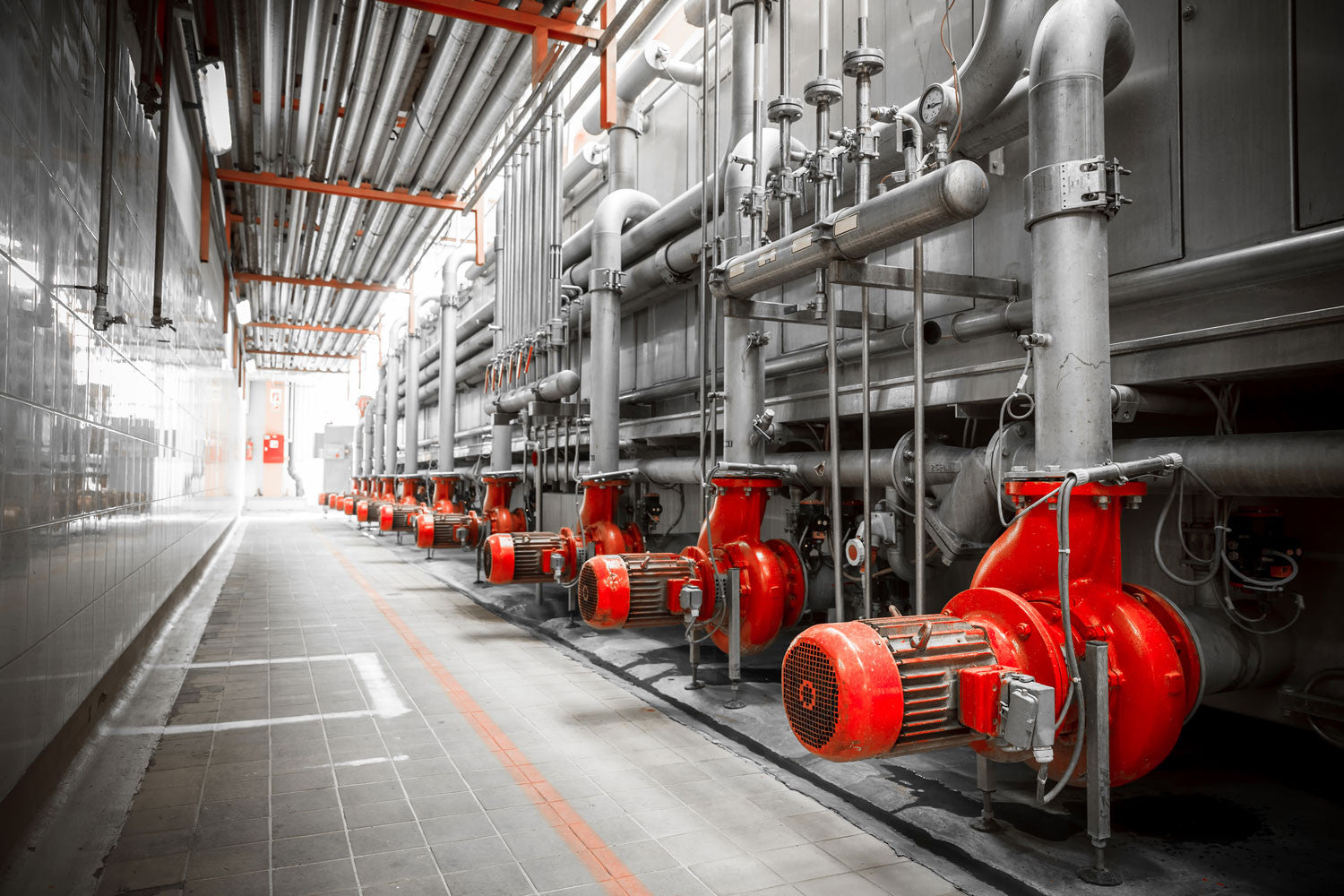7 Simple Techniques For Roar Solutions
7 Simple Techniques For Roar Solutions
Blog Article
Some Ideas on Roar Solutions You Need To Know
Table of ContentsThe 6-Second Trick For Roar SolutionsGetting My Roar Solutions To WorkSome Ideas on Roar Solutions You Need To Know
In order to secure installations from a prospective surge an approach of evaluating and identifying a potentially hazardous location is required. The purpose of this is to make sure the right option and installation of equipment to eventually protect against a surge and to make sure safety and security of life.
(https://dc-washington.cataloxy.us/firms/training.roarsolution.com.au.htm)
No devices needs to be installed where the surface temperature level of the equipment is above the ignition temperature of the provided threat. Below are some common dust dangerous and their minimal ignition temperature level. Coal Dirt 380C 225C Polythene 420C (thaws) Methyl Cellulose 420C 320C Starch 460C 435C Flour 490C 340C Sugar 490C 460C Grain Dust 510C 300C Phenolic Resin 530C > 450C Aluminium 590C > 450C PVC 700C > 450C Soot 810C 570C The probability of the danger being present in a focus high adequate to cause an ignition will certainly vary from area to place.
In order to categorize this danger an installment is divided into areas of risk relying on the quantity of time the harmful exists. These areas are described as Zones. For gases and vapours and dusts and fibers there are 3 zones. Area 0 Area 20 A dangerous ambience is highly likely to be present and might be present for extended periods of time (> 1000 hours per year) and even constantly Zone 1 Zone 21 A dangerous ambience is feasible but not likely to be present for extended periods of time (> 10 450 C [842 F] A classification of T6 indicates the minimum ignition temperature level is > 85 C [185 F] Hazardous location electric devices possibly developed for use in higher ambient temperatures. This would indicated on the ranking plate e.g. EExe II C T3 Ta + 60C( This means at 60C ambient T3 will certainly not be gone beyond) T1 T1, T2, T3, T4, T5, T6 T2 T2, T3, T4, T5, T6 T3 T3, T4, T5, T6 T4 T4, T5, T6 T5 T5, T6 T6 T6 A T Class rating of T1 implies the optimum surface area temperature level created by the tool at 40 C is 450 C. Assuming the linked T Course and Temperature score for the devices are suitable for the location, you can constantly utilize an instrument with a more stringent Department rating than needed for the area. There isn't a clear solution to this inquiry regrettably. It really does depend on the sort of equipment and what fixings require to be lugged out. Equipment with specific examination procedures that can't be carried out in the field in order to achieve/maintain third celebration ranking. Should return to the manufacturing facility if it is before the tools's service. Area Repair Service By Authorised Worker: Challenging testing may not be required nevertheless particular treatments might require to be complied with in order for the devices to keep its 3rd party score. Authorised personnel have to be utilized to execute the job properly Repair should be a like for like substitute. New element need to be considered as a direct substitute calling for no unique screening of the tools after the repair service is total. Each item of equipment with a dangerous score ought to be assessed individually. These are detailed at a high degree listed below, but also for even more in-depth information, please refer straight to the standards.
Getting My Roar Solutions To Work
The devices register is a detailed data source of tools records that includes a minimum collection of areas to recognize each thing's place, technical parameters, Ex classification, age, and ecological data. This information is critical for tracking and handling the devices properly within unsafe areas. In contrast, for regular or RBI tasting inspections, the quality will certainly be a combination of Comprehensive and Close assessments. The proportion of Detailed to Close evaluations will certainly be figured out by the Tools Danger, which is evaluated based on ignition danger (the probability of a source of ignition versus the likelihood of a flammable atmosphere )and the dangerous area category
( Zone 0, 1, or 2). This variation will also affect the resourcing demands for work prep work. As soon as Whole lots are defined, you can develop tasting strategies based on the example dimension of each Whole lot, which describes the variety of random equipment things to be evaluated. To figure out the called for sample dimension, 2 facets need to be evaluated: the dimension of the Lot and the category of examination, which indicates the level of initiative that must be applied( lowered, normal, or raised )to the inspection of the Whole lot. By integrating the group of examination with the Lot dimension, you can after that establish the appropriate rejection criteria for a sample, implying the allowable variety of defective things discovered within that example. For more information on this procedure, please refer to the Energy Institute Guidelines. The IEC 60079 basic suggests that the optimum interval in between examinations should not surpass 3 years. EEHA inspections will certainly likewise be conducted outside of RBI projects as component of arranged upkeep and equipment overhauls or repairs. These examinations can be credited towards the RBI sample dimensions within the affected Lots. EEHA examinations are conducted to determine mistakes in electric equipment. A weighted racking up system is vital, as a single tool may have multiple mistakes, each with varying degrees of ignition risk. If the mixed rating of both evaluations is less than two times the fault score, the Lot is regarded acceptable. If the Great deal is still considered inappropriate, it has to go through a complete evaluation or validation, which may cause stricter assessment methods. Accepted Whole lot: The sources of any type of faults are identified. If a common failure setting is found, added equipment may need maintenance. Faults are classified by seriousness( Safety and security, Integrity, House cleaning ), ensuring that immediate problems are assessed and dealt with without delay to alleviate any kind of influence on safety or operations. The EEHA database ought to track and record the lifecycle of faults in addition to the restorative actions taken. Applying a robust Risk-Based Examination( RBI )approach is essential for guaranteeing compliance and safety in managing Electrical Tools in Hazardous Areas( EEHA) (high voltage courses). Automated Fault Scoring and Lifecycle Monitoring: Effortlessly manage mistakes and track their lifecycle to boost inspection precision. The introduction of this support for risk-based assessment even more enhances Inspectivity's setting as a best-in-class service for governing conformity, as well as for any type of asset-centric inspection use case. If you are interested in discovering more, we invite you to request a presentation and find just how our option can transform your EEHA monitoring procedures.
What Does Roar Solutions Mean?

In terms of eruptive danger, a hazardous area is an atmosphere in which an eruptive environment is existing (or may be expected to be present) in quantities that need special safety measures for the construction, installment and use equipment. hazardous area electrical course. In this post we check out the challenges encountered in the work environment, the threat control procedures, and the needed proficiencies to work securely
These materials can, in specific problems, create eruptive atmospheres and these can have significant and unfortunate consequences. Many of us are familiar with the my company fire triangular get rid of any type of one of the three elements and the fire can not happen, but what does this mean in the context of unsafe locations?
In most instances, we can do little concerning the levels of oxygen airborne, yet we can have considerable influence on sources of ignition, for instance electric devices. Dangerous locations are documented on the hazardous location category drawing and are identified on-site by the triangular "EX LOVER" indication. Here, among various other vital information, areas are divided right into 3 types relying on the danger, the likelihood and period that an eruptive ambience will exist; Zone 0 or 20 is considered the most harmful and Zone 2 or 22 is considered the least.
Report this page